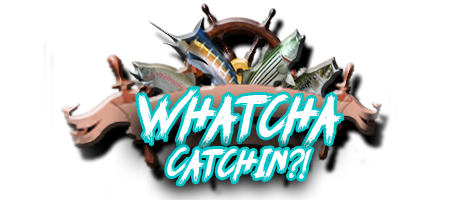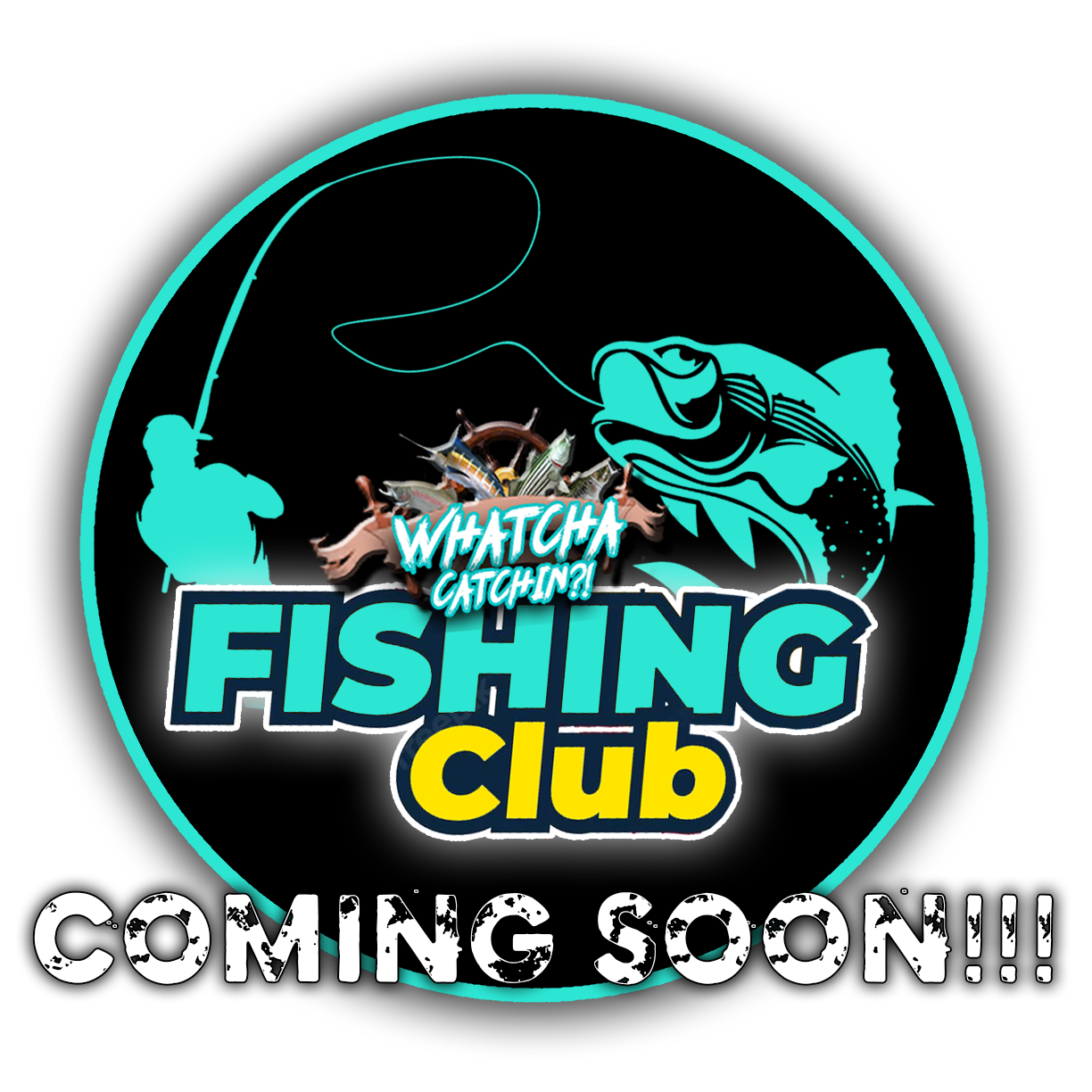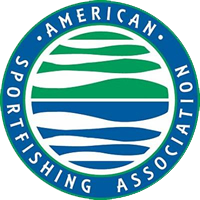COLUMBUS, Ohio – Results from the 2021 Lake Erie yellow perch hatch survey show below average to poor results in the central basin, but a good hatch in the western basin, according to the Ohio Department of Natural Resources (ODNR) Division of Wildlife.
The Division of Wildlife’s yellow perch surveys completed during August in Lake Erie’s west zone resulted in an index of 380 perch per hectare, a standard measure of catch per area. This is the 11th-highest value on record and just below the 34-year average of 398 perch per hectare. Catches of 1-year-old yellow perch ranked 14th on record, with an index of 24 perch per hectare. Lake Erie anglers can look forward to these fish reaching keeper size as early as 2022.
Surveys in Lake Erie’s central basin, which is split into two management zones, were much different than those completed in the west. Results showed below average hatches of yellow perch recorded during November surveys. The central basin is divided into two zones: the central zone extends from Huron to Fairport Harbor, and the east zone continues from Fairport Harbor to Conneaut.
The central zone survey resulted in an index of 11 perch per hectare, below the average of 39 per hectare. Similar results were found in the east zone, with an index of two per hectare. Survey results of 1-year-old perch were also below average with 18 per hectare in the central zone and five per hectare in the east zone. Historic averages for these areas are 33 and 29 per hectare, respectively.
Despite a good hatch west of Huron in the west zone, conditions did not favor strong yellow perch hatches in the waters east of Huron during 2021, similar to last year. Variability in regional hatch success is expected on Lake Erie because of the size of the lake, differences in characteristics among basins, and prevailing weather conditions.
Hatch success is largely determined by the timing and availability of favorable conditions for spawning and survival of newly hatched yellow perch in the spring and summer; therefore, successful lakewide hatches are rare. It is common to observe poor hatches east of Huron during years when those in the west are good, which has been recorded for several consecutive years. When conditions change and favor the central basin, the pattern is anticipated to reverse. Long-term data collections from trawl and net surveys support these observations.
“Lake Erie yellow perch are surveyed and managed as regional populations within management zones. Our surveys during the past few years have shown a marked difference in the yellow perch hatch when comparing the west, central, and east zones,” said Travis Hartman, the Division of Wildlife’s Lake Erie fisheries program administrator. “The Division of Wildlife uses these boundaries to monitor perch hatches and make recommendations to the Great Lakes Fishery Commission on safe harvest levels by comparing results to previous years.”
During the upcoming months, Ohio’s results will be combined with results from the other Lake Erie Committee agencies to determine the hatch success in each management zone. This information allows biologists to better estimate how many young fish will enter the catchable population two years later, which is one factor used to determine safe harvest levels each year.
Consistent hatches in the western basin will maintain a stable yellow perch population from Toledo to Huron, as well as continue to support excellent yellow perch fishing when conditions are right. Successful hatches are needed to aid in the recovery of yellow perch populations in the central basin. After a successful hatch, yellow perch usually reach harvestable sizes in two to three years.
For more information on the Division of Wildlife’s Lake Erie research and management programs and to find fishing reports, maps, and more fishing resources, visit wildohio.gov. Download the HuntFish OH mobile app for fishing information on the go.
The mission of the Division of Wildlife is to conserve and improve fish and wildlife resources and their habitats for sustainable use and appreciation by all. Visit wildohio.gov to find out more.
ODNR ensures a balance between wise use and protection of our natural resources for the benefit of all. Visit the ODNR website at ohiodnr.gov.










